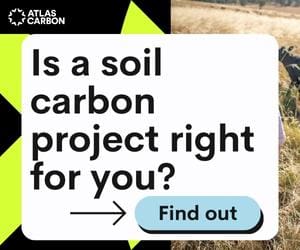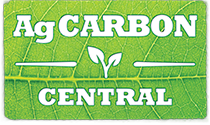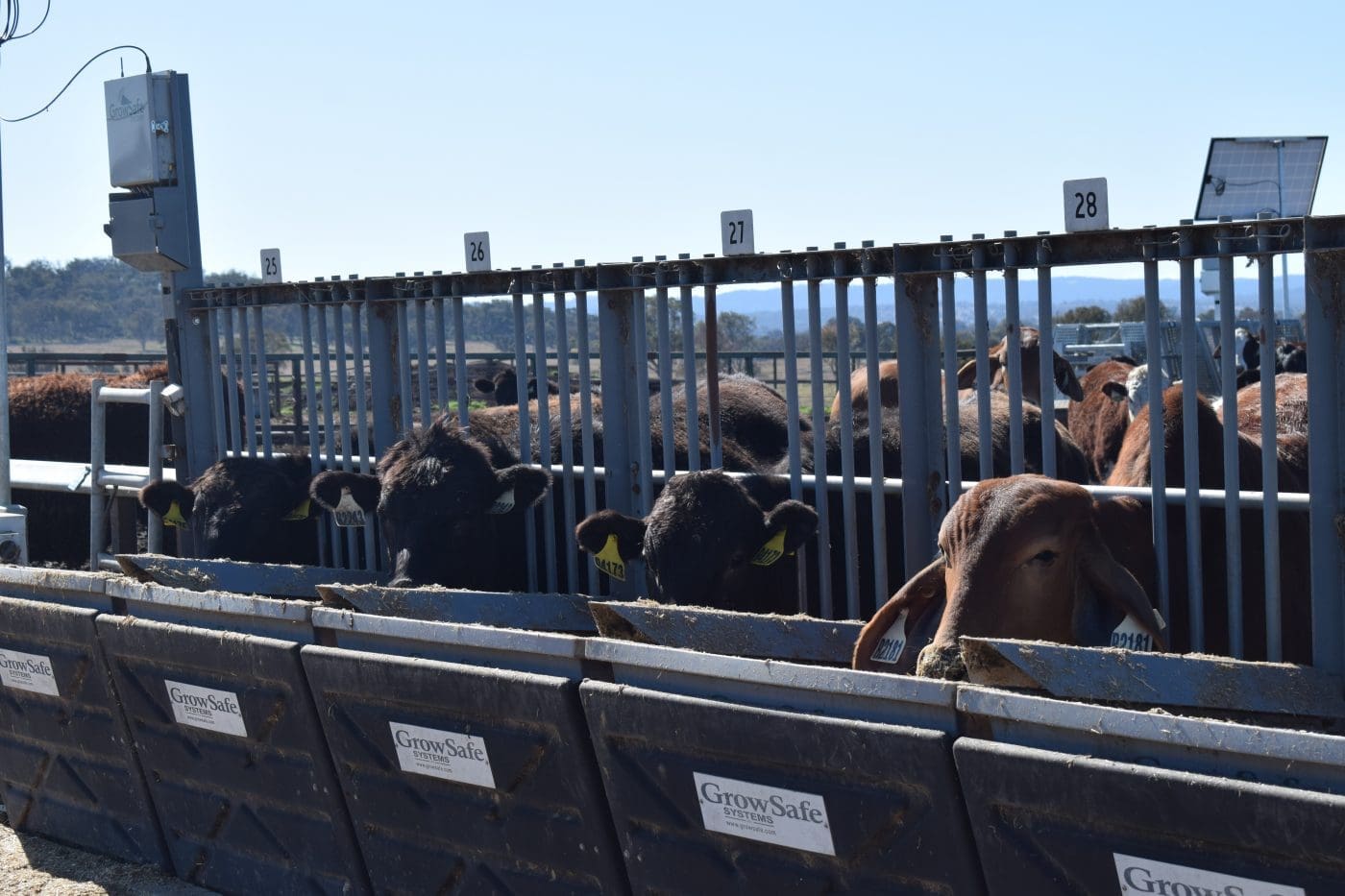WITH pressure on the livestock industry to reduce its methane emissions, genetic selection seems like it will play a major role in reaching industry and company targets.
How much of a role it should play was canvassed in a panel session at a recent summit in Armidale, held by the Australian Genetics and Breeding Unit. Involved were Christian Duff, Angus Australia, Matthew Kelly, AA Co, Geoff Lindon, AWI, Michael Crowley, Herefords Australia, Olivia Lawson, Paringa Livestock, Grant Burbidge, Burbidge Farms, Darryl Savage, NAP Co.
The summit heard from researchers looking into creating estimated breeding values for methane, with large scale research underway for both the northern and southern industries.
Many noted that the specific methane EBV was a long-term solution, including Christian Duff who said a lot of research was still needed in the field.
“I think we need to go pretty hard with genetics in this field, but I am not sure how much genetics can contribute to our 2030 ambitions – it is getting pretty close and I think we are more talking about 2050,” Mr Duff said.
“Genetics are going to be part of the solution and I am hoping the research will back that up. But I think we need further co-investment to collect more data.
 “We also need to think about the other aspects of sustainability and an area we haven’t talked a lot about are the disease resilience-type traits.”
“We also need to think about the other aspects of sustainability and an area we haven’t talked a lot about are the disease resilience-type traits.”
Attracting funding was also part of the discussions, with many talking about the difficulties of passing cost onto consumers. Matthew Kelly said research needed to be done on a large scale, which was difficult with the cost of the current research equipment.
“Given the cost of green feed machine, the co-investment model is key and we need to find more scalable technology for measuring big numbers of animals,” he said.
“Finding ways to monetise the work is also a challenge and I think we need to lobby governments to make sure the right signals are there. It is still a little bit ambiguous about how much our customers are willing to pay in this space.”
Moving fast in for genetics
While the research into methane-related EBVs is looking more like a long-term solution there was plenty of discussion about factoring methane into traits in the short-term – with knowledge that any efficiency-related traits can lower methane output.
Olivia Lawson said the best thing about genetics was that the work could start quickly.
“Genetics is such a powerful tool and as a producer it is a no brainer – it is free and it is something everyone can choose to do,” Ms Lawson said.
“Unlike the technologies that are being trialled, which are so costly and only really available for the grainfed industry. We need to be focusing on the grassfed industry and the national cow herd – licks and boluses might become available, they are a way off.”
Darryl Savage said it was important for the genetics industry to move quickly in the field of methane.
“We need to move quickly to have the capacity to select for lower methane, the general public associate red meat with methane and there will be no sympathy or understanding if we say ‘we can’t select for that yet’,” Mr Savage said.
“Then individual producers can make decisions about what sort of economic weighting they put on that particular trait – but having the tools in the toolbox is the first step.”
Driving adoption of more efficient practices
The panel was asked if the push for lower methane was a way to drive adoption of some of the more efficiency-related traits, which have not attracted much attention in the past. Some of the traits associated with lower methane include feed conversion, weight gain, lower mature cow weight and fertility.
Michael Crowley, who recently started his role at Herefords Australia after 14 years with Meat & Livestock Australia, said he discussed it with many of his members.
“This new role has been an interesting journey because I feel like I am in a position to drive adoption of the stuff I have been working on for the past 15 years,” he said.
“I have been saying to them ‘what if it means you don’t have to do much different, you just have to do it better and then we can tell your story for you better?’.
“It is something new and I think people know they need to do something about it – but I think we take them along the journey with this one.”

